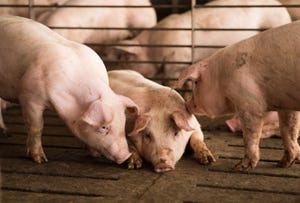U.S. pork initiative looks to grow demand in the Philippines
Three-phase program focusing on increasing awareness of U.S. pork and its availability to vendors and customers.
November 10, 2021
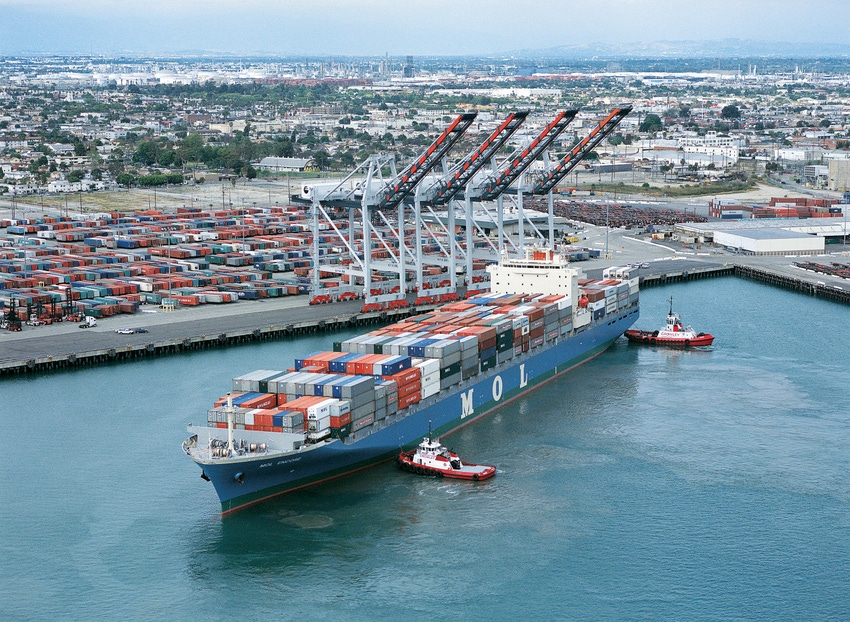
With its domestic production heavily impacted by African swine fever (ASF), the Philippines implemented an expanded quota earlier this year that allows a higher volume of pork muscle cuts to enter the country at reduced duty rates. This has helped the U.S. pork industry export record levels of pork to the Philippines in 2021. According to data released by USDA and compiled by the U.S. Meat Export Federation (USMEF), exports to the Philippines reached more than 70,000 metric tons (mt) through September, valued at nearly $185 million, surpassing annual records and representing increases of 113% in volume and 131% in value over the same period in 2020.
ASF has taken a major toll on Philippines’ pork production, which fell more than 30% in 2020. In its latest GAIN Report on livestock and meat production in the Philippines, the USDA Foreign Agricultural Service (FAS) projects Philippine pork production to remain steady in 2022 at 1.0 million mt, noting that some operations are expanding but production in some regions is still being impacted by ASF. FAS's projected level of production for 2021 and 2022 is down significantly from the 1.6 million mt the Philippines produced in 2018 and the 1.585 million mt produced in 2019.
With tight pork supplies and soaring prices, per capita pork consumption in the Philippines also took a major hit from ASF. Consumption fell to just 11.7 kilograms (kg) in 2020, down more than one-third from the pre-ASF figure of nearly 18 kg achieved in 2018. The infusion of more imported pork has helped consumption rebound to some degree in 2021, with FAS estimating per capita consumption to reach 13.5 kg this year, up 15% from 2020 but still well below pre-ASF levels.
With the increased need for imported pork creating favorable market conditions, USMEF has expanded its educational and promotional programs with processors and supermarket chains and is working to build demand for U.S. pork in traditional wet markets.
“U.S. pork has traditionally been used as raw material in processed meats in the Philippines but is now being sold in large volumes to foodservice customers and consumers in the wet markets,” reports Dave Rentoria, USMEF’s representative in the Philippines. “While country-of-origin is not normally identified in wet markets, we are working to grow awareness and demand for high-quality U.S. pork in this channel.”
With funding support from National Pork Board, the first phase of the three-phase program began this summer and focused on increasing the awareness of U.S. pork and its availability to vendors and customers. Vendors were surveyed to document information on pricing and the number of stalls selling imported and U.S. pork. Vendors and consumers were also surveyed about their awareness of and attitudes toward U.S. pork. USMEF has also been providing educational information to vendors about U.S. pork quality and its higher yields.
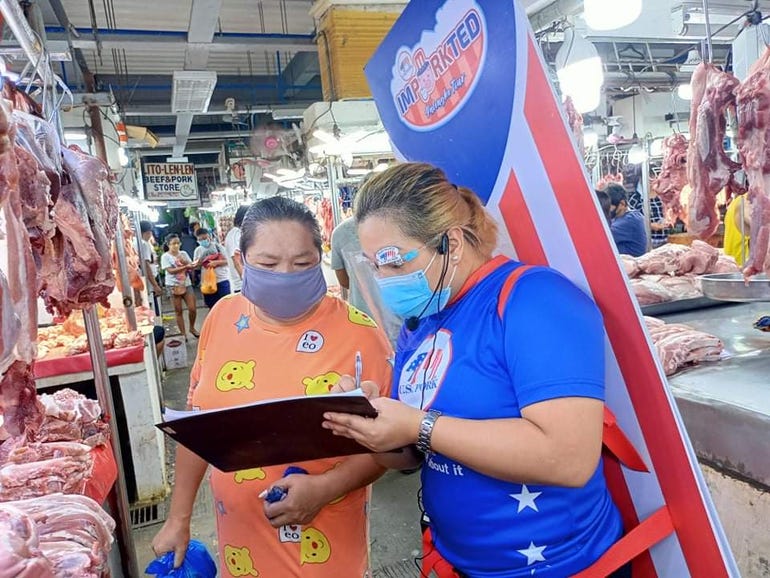
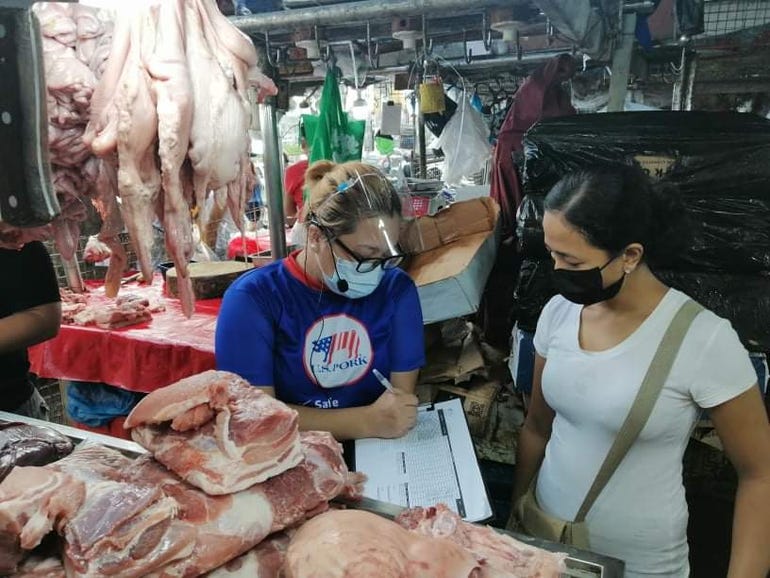
The second phase of the program, which began this fall, involves education and training in merchandising, product identification, and the value of sharing information and recipe ideas. Phase three will demonstrate to vendors the profitability of increased awareness, enhanced merchandising and sustained promotional efforts for U.S. pork.
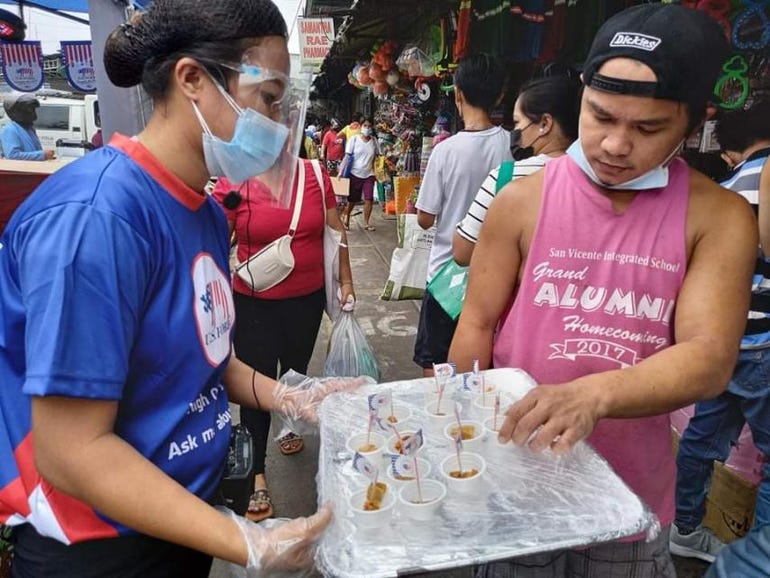
Until recently, the expanded import quota was specifically targeted toward pork sold in retail channels, and only in designated metropolitan areas. But in late October, the Philippine Department of Agriculture announced that the quota can now be utilized for pork distributed in additional regions where pork prices are high. Distribution channels were also expanded to include pork for further processing and pork sold to institutional buyers. These measures are designed to accelerate the arrival of in-quota imports before the end of the quota year, which is Jan. 31, 2022.
Sources: U.S. Meat Export Federation, which is solely responsible for the information provided, and wholly own the information. Informa Business Media and all its subsidiaries are not responsible for any of the content contained in this information asset.
About the Author(s)
You May Also Like
